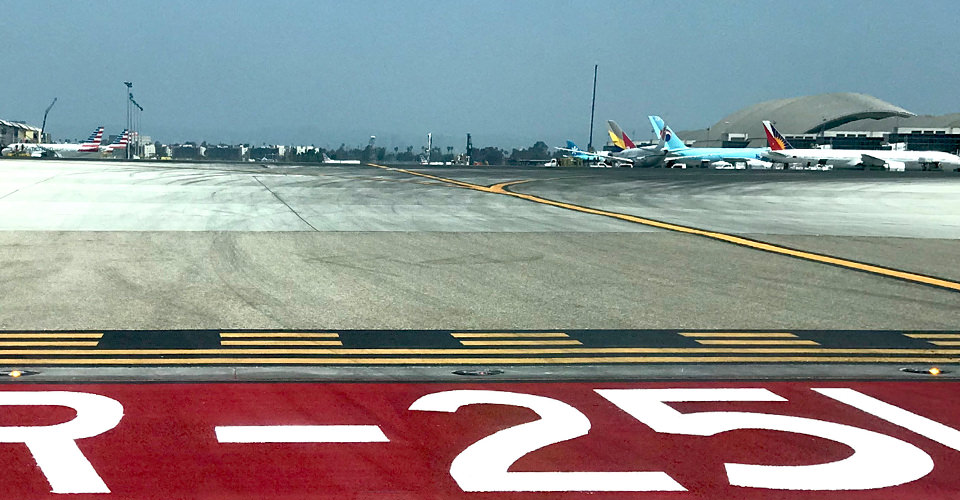Managing Through Supply Shortages
May 25, 2022
 How to best protect your business against volatile product availability
This article, recently published in Graphics Pro Magazine, is a complement of our recent blog: 7 Tips for Managing Ink Supply in Your Screen Printing Shop
As the garment industry is revving up, many printers are being told that some supplies, including inks and garments, may be in short supply — or have even been discontinued altogether. Here are some suggestions on how you can best protect your business against volatile product availability.
How to best protect your business against volatile product availability
This article, recently published in Graphics Pro Magazine, is a complement of our recent blog: 7 Tips for Managing Ink Supply in Your Screen Printing Shop
As the garment industry is revving up, many printers are being told that some supplies, including inks and garments, may be in short supply — or have even been discontinued altogether. Here are some suggestions on how you can best protect your business against volatile product availability.
Create a contingency plan
Now is the time to create contingency plans for different scenarios. Examples might be: Which cotton shirt brand can I purchase instead of the one I currently use? Or which alternative bleed-blocking ink can I use on that red poly shirt? You may need to purchase some samples of alternate products to determine whether those products work for you and your shop. Don’t wait until you are forced to bring in a product at the last minute without first testing and checking it out. I do want to emphasize testing, especially if you are using new material. To assure that you don’t run into problems later (such as ink washing off or dye migration issues), be diligent with your R&D and product testing. Consider that everyone, including garment manufacturers, is affected by raw material shortages and is forced to be creative. This may mean that they had to source dye from a new vendor or fabric from a new source. I would recommend testing every type of garment that arrives to make sure there are no surprises in quality.- Pro tip: Network with other printers on a forum (Facebook has several screen printing forums, for example). You may find printers who share valuable information or availability on certain products you may need.
Manage customer expectations
I’m sure that your priority, like ours, is to continue delivering outstanding service to your customers. Most likely, they would appreciate timely communication proactively addressing what they can realistically expect from you. Even if the news is not rosy, being honest about your lead times or availabilities can go a long way toward retaining your customers. Managing their expectations to a realistic timeline can also prevent huge disappointments in missed deadlines. Don’t miss this opportunity to work with your customers in crafting a compromise between their needs and what you can realistically deliver.Manage demand volatility
As I am writing this, the amount of container ships docked at California ports waiting to be unloaded has somewhat receded. However, port officials are unclear whether this trend is likely to continue or whether it is a temporary respite due to the holiday season having passed and the recent Lunar New Year Holiday factory shutdowns in Asia. In addition, we must recognize the effects COVID-19 has had on the labor force. Not only in regards to the dockworkers but also everything else that goes along with unloading, trucking, and distributing the container loads. Let’s not forget the shortage in the labor force in the manufacturing sector and just about every other industry.- Pro tip: If you happen to be in the market for new equipment, you might want to check out what is available now. Lead times in the industry might be far ahead — possibly even into next year (2023) for some printing machines.


